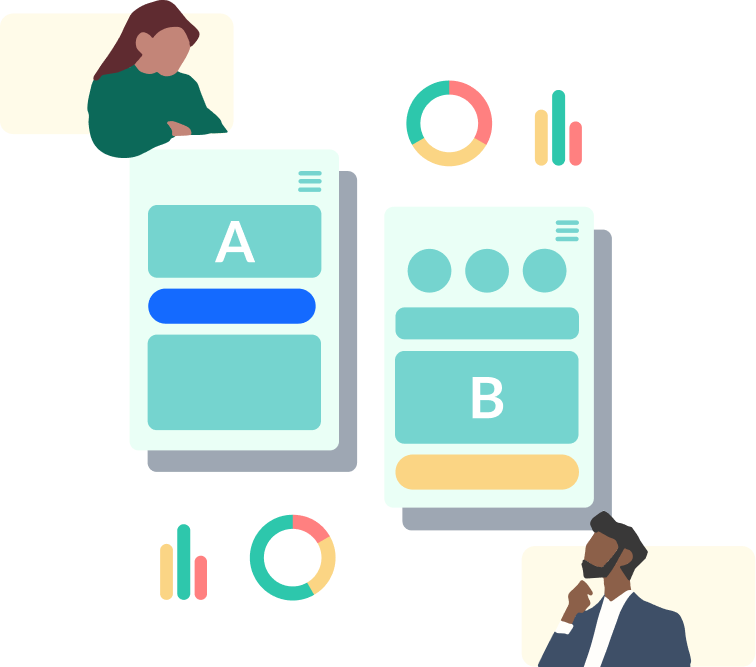When interpreting A/B test results, it’s crucial to focus on statistical significance and KPIs. A/B testing results are typically presented as a table or graph; evaluating the results for each KPI is essential.
Suppose you conducted an A/B test on your website’s landing page to see which version leads to higher click-through rates. In this case, the KPI would be click-through rates, and the results would show the percentage of visitors who clicked on the call-to-action button on each landing page version.
If the test results show that Version B has a higher click-through rate than Version A, you might assume that Version B is the winner. However, before making any changes, you need to evaluate the statistical significance of the results. If the statistical significance is less than 95%, you may need to rerun the test or consider other factors, such as traffic sources, demographics, or browser types.




























